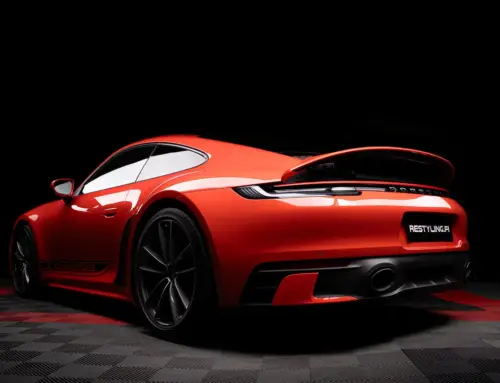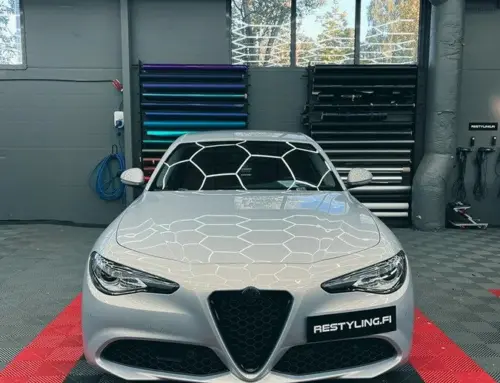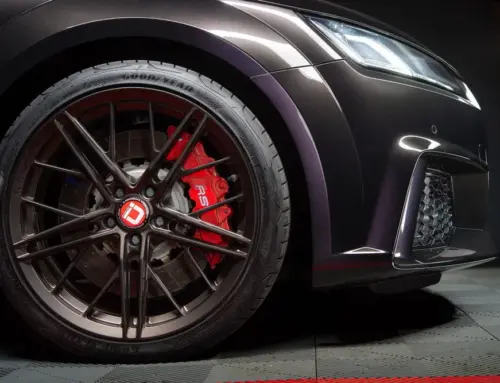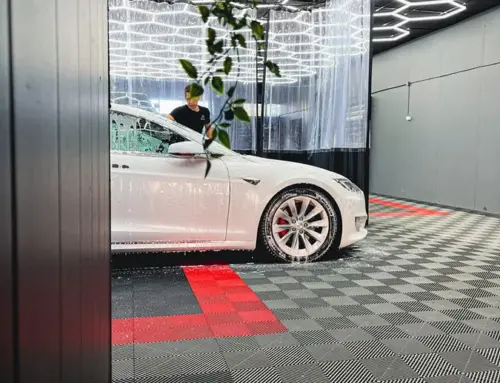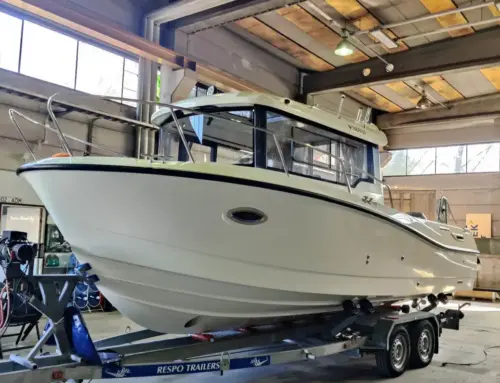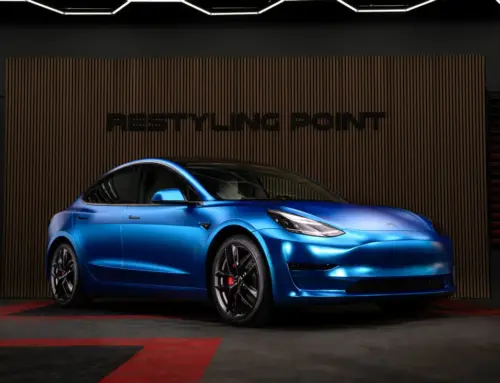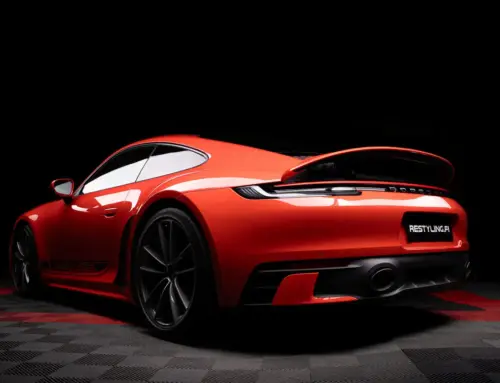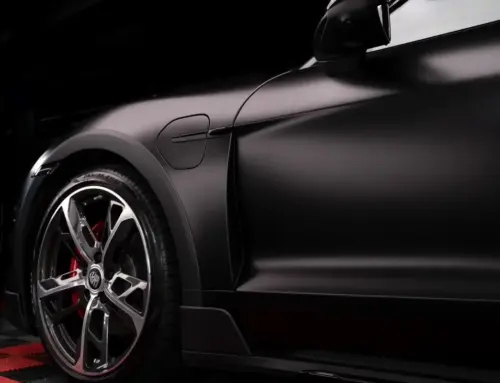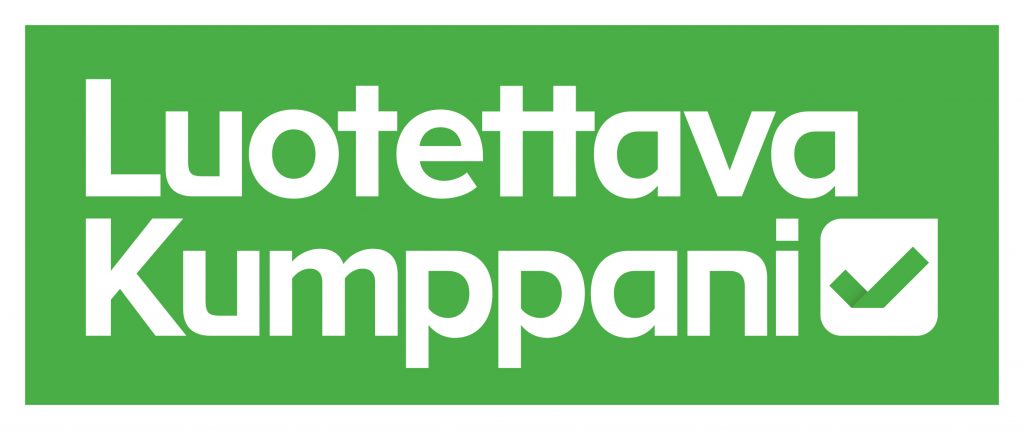- General information about window films and technical features
- Window film that allows seeing outside but not inside
- Methods of window film installation
- Environmental and seasonal considerations for window film installation
Types of window films:
- Dark window films
- Mirror films
- Transparent films
- Milky glass films
- Security films
- Price of sun protection film
General information about window films and technical features
How to choose the most suitable sun protection film to avoid as much solar heat + extra views as possible and to still let in plenty of light?
In this guide, we provide the most common options for window films used primarily in Finland. As a brand, we use the most cost-effective and high-quality manufacturer on the market named Llumar. We have been using this brand for 12 years and trust it. It ensures unbeatable technical features with reasonable prices. With this brand, the customer doesn’t have to pay for the name alone. We have installed this film over several thousand square meters without a single material complaint.
Firstly, we reveal that all types of films worldwide, regardless of the brand, reject 99% of UV radiation, even completely clear transparent films. UV radiation may not be the worst harmful factor, but glare and solar heat are the criteria worth considering.
All films come with warranties and are typically the same, ranging from five years to fifteen years.
Solar heat is the biggest stressor on the film’s surface. When the sun beats down on the film for a long time, the film’s surface becomes slightly matte, and the film begins to lose its aesthetic appearance and technical heat-rejecting properties.
Unfortunately, in Finland, we do not yet have so many hot days, so we dare to say that warranty issues regarding films may not be worth paying attention to. With a recent review of old work sites, we found that films installed 11 years ago still look new today, even though those materials had a 5-year warranty.
For example, in Central/Southern Europe, films tend to become matte shortly after the warranty expires. There, the amount of solar heat is greater than in the Nordic countries. Therefore, warranty issues are more relevant in warmer countries.
The most important features when comparing films are solar heat rejection and glare control. The G-value is also an important argument to consider.
The rejection of solar heat and extra views depends on the type of film and its darkness.
In Finland, the amount of light is limited, so the darkest and most efficient solar heat-rejecting film may not necessarily be the best option for comfort in households.
In factories, health centers, daycare centers, laboratories, etc., the amount of light has never been the top priority, but heat rejection has always been problem number one.
Window film that allows seeing outside but not inside
“Window film that allows seeing outside but not inside” type of film is a mirror film. Mirror film works excellently as described during daylight hours. During the day, the mirror effect is most effective, and it may be impossible to see inside, depending on the darkness of the installed mirror film.
During dark hours, when it’s dark outside and lights are on inside, one might see through the mirror film from the outside to the inside slightly, depending on the viewing distance, as well as on the light sources installed or nearby the property outside the filmed windows.
In other words, unfortunately, there hasn’t been a film invented on Earth so far that would technically function as a mirror in all conditions, maintaining visibility from inside to outside while blocking views from the outside in.
Even though during the dark hours, one might see slightly through the mirror film from outside to inside, the visibility is still significantly worse than it would be normally without the mirror film.
The darker the mirror film, the more reflective effect it has. So, the darkest mirror film is the most mirror-like, and the lightest mirror film is clearly the least reflective, allowing better visibility from the inside.
Installation methods of window films
Window films are always installed on the outermost glass surface, either inside or outside, depending on the type of window.
External Installation: If the outermost glass is an insulating glass or double-glazed, the sun protection film is installed ONLY on the outside. There is argon gas inside the insulating glass, and theoretically, if the solar film were installed on the inside of the insulating glass, it would reflect heat outward and warm up the argon gas. Argon expands when heated, so the window would break because the film would be installed on the wrong side.
Internal Installation: If the outermost glass is a simple 4mm glass, the sun protection film can also be installed on the inside.
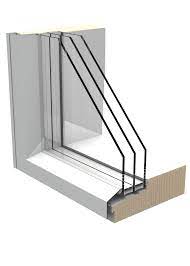
← Insulated glass
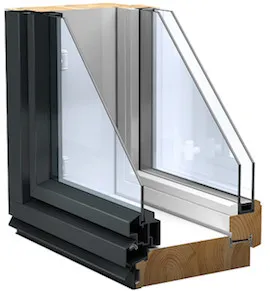
→ Single-pane glass
The films are installed on the glass surfaces leaving a 1-2 mm gap around the edges, due to technical film requirements.
If the film is installed on the outer surface, dust can always get between the glass and the film due to gusts of wind and airborne particles. In other words, some dust getting between the film and the glass is normal and cannot be completely avoided.
Despite external factors, the film installer still tries to take all technical preventive measures in advance to clean the glass surface and during film installation.
After installation, moisture evaporates from under the films within 1 – 4 weeks, depending on weather conditions. On hot days, drying may occur within 1 – 3 days.
If the edges of the films are not immediately glued after installation, they do not pose any risk to the durability of the films. Moisture-dried edges adhere after the drying period. This requires going through the edges, for example, with fingers.
Check out the window film user guide: restyling.fi/en/blog/window-films-user-manual
When can films be installed?
Films can be installed on the exterior or interior surfaces. For most projects, films are installed on the exterior surface because there are many insulated glasses in Finland, and installation can only be done on the exterior surface if the sun is in constant contact with the glass surface.
In order for films to be installed to meet warranty conditions and last for decades, temperature regulations must be followed. Installation can be performed on the exterior surface when the temperature is above +5 degrees Celsius for the following two weeks after installation. This allows the installation liquid to dry from under the film.
In other words, statistically, the most common installation time is from May to October. During this time, nighttime temperatures are usually above +5 degrees Celsius.
This is an important installation condition limitation to which we have to adapt in Finland.
If the film is to be installed outside these temperature limitations, it is done at the customer’s own risk. These installations have been done 100% successfully even in cold weather, but we recommend planning film installations from early spring to early fall.
For indoor window film installations, there are no temperature limitations, even if the exterior surface of the window is in contact with outdoor air because drying can be ensured by leaving the window slightly open for a few days after installation, allowing room temperature to meet warranty conditions.
Dark window films starting from 79 € / m²
There are several shade options of black films used in the automotive industry as car window films:
- 5%
- 15%
- 25%
- 35%
- 45%
- 70%
This type of film is perhaps the least used in households due to its dark color. The dark shade reduces the amount of incoming light into the home and may appear slightly dim, especially during winter.
However, this type of film is incredibly popular for balconies and terrace lower/upper layers. It gives the infrastructure a stunning modern and stylish appearance while keeping heat and excess glares away.
Nevertheless, dark window films have the lowest sun rejection percentage. Thus, these are particularly suitable for keeping out extra eyes/glare.
Depending on the level of darkness, these films reject up to 99% of UV rays, up to 59% of solar heat, and even up to 94% of glare.

Mirror films starting from 89 € / m²
Mirror film category has been the most popular and cost-effective type of sun protection film used in Finland for over 15 years. It is mostly used in households, government properties, and industries.
Mirror films are divided into three different levels of darkness:
- Dark 20% film Llumar RHE 20
This film is mostly used in factories, laboratories, hospitals, daycare centers, maternity clinics, commercial buildings, warehouses, saunas, etc. In spaces where the amount of incoming light is not as crucial, maximum heat rejection is essential. We have installed this film in 7 maternity clinics and 12 daycare centers in Espoo, as well as several dozens of factories across Finland.
This film is the darkest, thus it has a mirror-like effect. As a fun example, wives can do their makeup in front of this film. It lets in the least amount of light, thus darkening the interior slightly. Due to its darkness, this film is only used in households for toilets, bathrooms, and saunas.
This film rejects up to 99% of UV rays, up to 87% of solar heat, and 86% of glare.

https://www.youtube.com/watch?v=GOmCiY6cOAw
- Medium-dark 35% film Llumar RHE 35
Medium-dark film is the second most used in households. It is mostly used at home on sunny facades because it’s an excellent compromise option, rejecting an impressive 76% of heat while still allowing a good amount of light indoors, which can sometimes be lacking in Finland.
This film is particularly suitable for home facades with large windows where the amount of incoming light is substantial. Its reflectivity is the second best among the options.
This film rejects up to 99% of UV rays, up to 80% of solar heat, and 74% of glare.
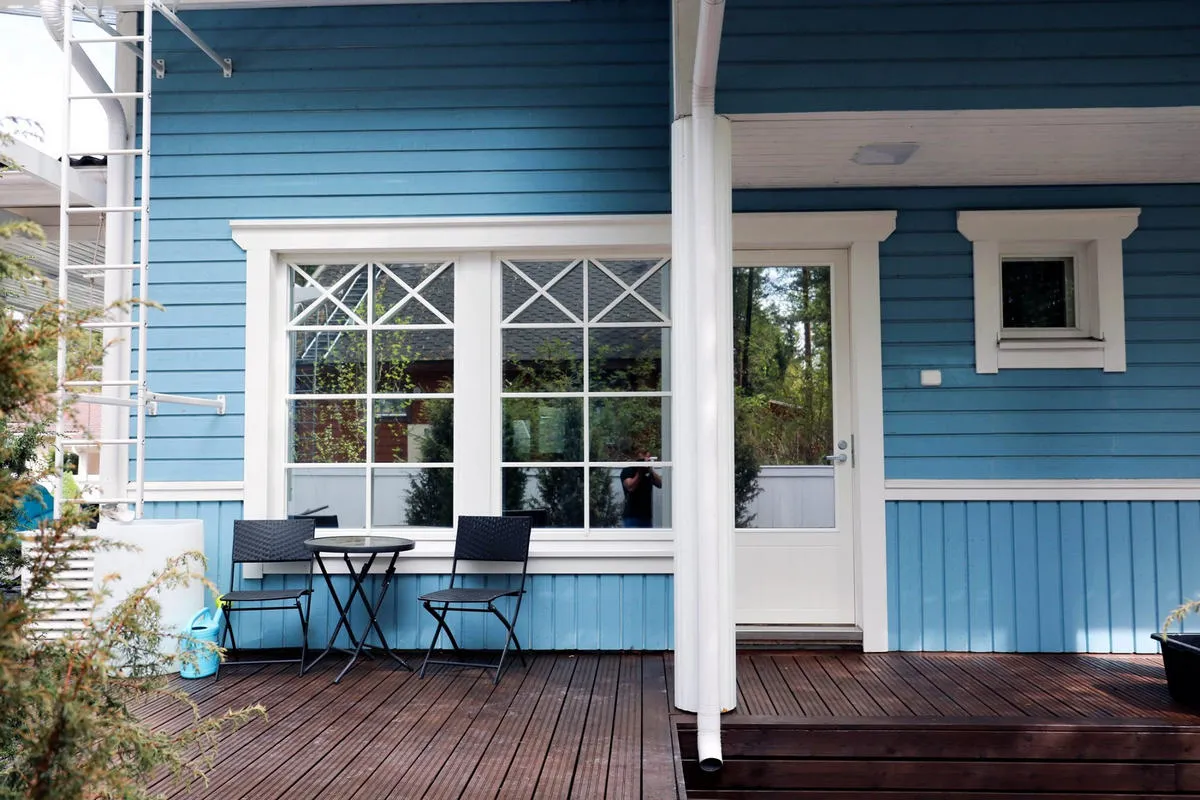
https://www.youtube.com/watch?v=TNuZRPPdUmA
- Lightest 50% film Llumar RHE 50
This film is by far the most used in households. It reduces the least amount of incoming light indoors. Due to its brightness, this is the most used model in Finland. Although it is the least reflective type of mirror film, it still effectively blocks curious glances.
This film rejects up to 99% of UV rays, up to 66% of solar heat, and 53% of glare.
Due to its price, this is an excellent choice. Affordable, effective, and long-lasting.
← Llumar RHE 50 film is installed on the upper windows, but there is no film on the lower windows yet.

→ The project is completed, the entire facade is filmed with Llumar RHE 50 film.
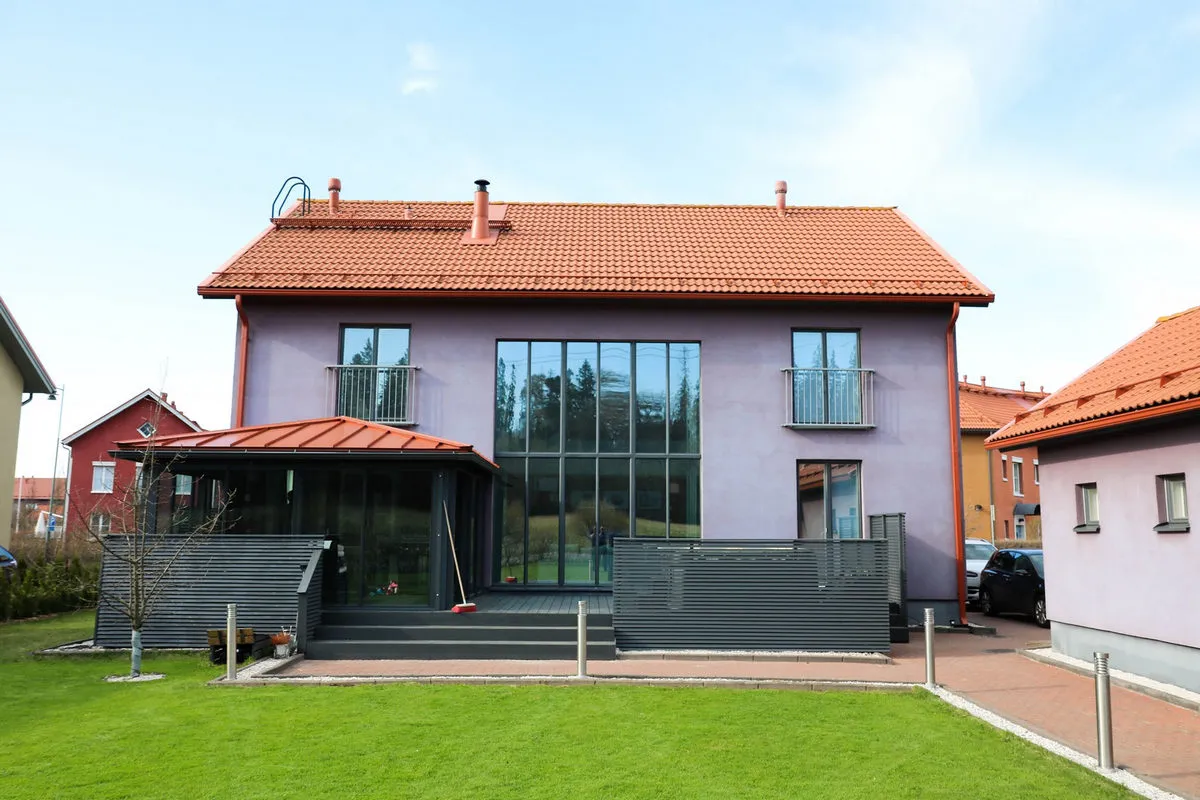
Transparent films (starting from 89€ – 129€ / m²)
Transparent film Llumar THE 80 installed on the outer surface is highly popular due to its transparency and inconspicuousness. This film is best suited for situations where maximum sun heat rejection and maximum transparency are required. Guests won’t even notice the existence of this film, and it allows plenty of light in during winter evenings. This film is most commonly used in homes and places like pharmacies, where both maximum sun heat rejection capability and film transparency are required simultaneously.
This film rejects up to 99% of UV rays, up to 55% of solar heat, and 21% of glare.
The color tone of the film is slightly bluish, but once installed, the bluish tint is hardly noticeable.
Watch a genuine example here:
https://www.youtube.com/watch?v=4iqt01BjljM
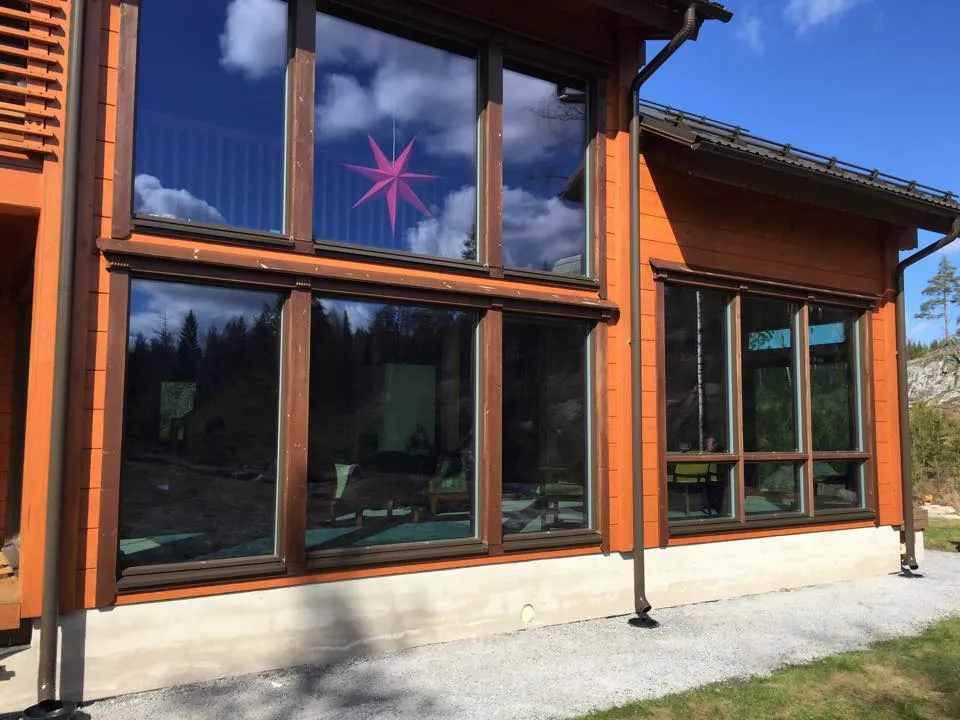
Installed on the inner surface, Llumar AIR 80 is suitable for use in operable windows and enjoys the same popularity as THE 80 film.
This film rejects up to 99% of UV rays, up to 37% of solar heat, and 21% of glare.
The color tone of the film is slightly bluish, but once installed, the bluish tint is hardly noticeable.

Specialized films starting from 89 € / m²
Known as surveillance film, Llumar RN07 is often used in light-sensitive bedrooms and surveillance booths in shops, interrogation rooms, customs, etc. This mirror film is black from the inside and mirrored from the outside.
This film reduces the most incoming light from outside and is very dark due to its black interior surface. It is installed only on the inner surface of the outermost glass because the adhesive surface is on the mirrored side.
This film rejects up to 99% of UV rays, up to 75% of solar heat, and 95% of glare.
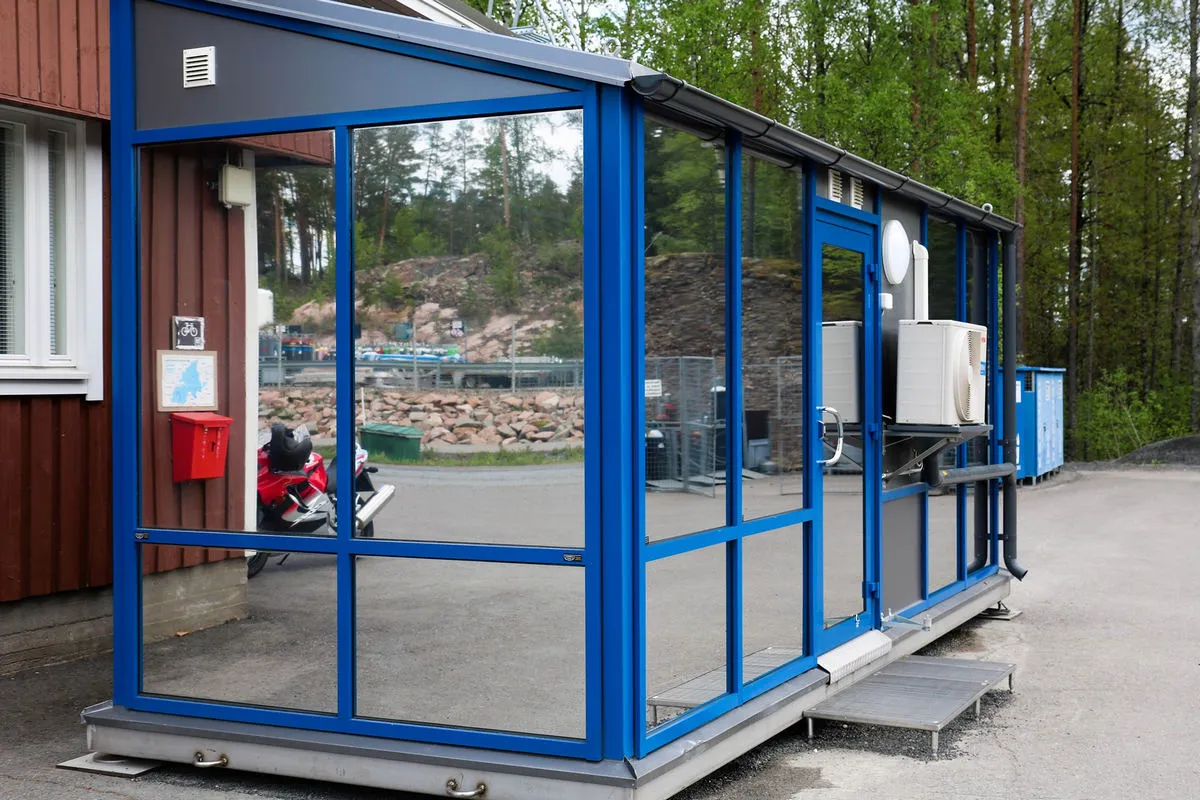
Frosted film starting from 69€ / m²
Frosted film is an excellent privacy enhancer. One of the strong characteristics of frosted film is the multiplication of incoming light due to its light shade. At the same time, a significant weakness is that it completely obscures visibility from inside to outside. So, it completely blocks visibility. The effect is similar to a frosted shower enclosure.
This is used in households for sections of toilets and bathrooms, saunas, etc. In industries, it is used for meeting rooms and commercial spaces as decorative/privacy film.
This film rejects 80% of UV rays, 10% of solar heat, and 78% of glare.


Security films starting from 89€ / m²
The need for security films has increased in recent years.
Security films are available in various thicknesses and are used in daycare centers, government facilities, hospitals, banks, etc.
The thinnest film option serves as shatter protection, ensuring that if the glass breaks, it stays intact and does not pose a danger to people.
The thickest film is designed to withstand pressure waves from explosions and situations where forced entry with a hammer is attempted.
All security films are also available in mirror versions, providing both visual protection and physical protection/barrier with a single installation.
Almost anyone can get through security film if they really want to, but the time it takes is another matter. Security film significantly slows down a thief’s breaking and entering attempt and increases the risks of the perpetrator giving up, getting tired, or being surprised by the reaction of law enforcement/alarm systems.
Security films are installed on the inner surface of the glass.
Security films reject 99% of UV rays and depending on the option, up to 80% of solar heat.
Price of window film
Different types of window films have their own prices, which are mentioned in the categories above, but generally, the price of the project is influenced by:
- location of the project
The distance of the project creates travel expenses for mileage reimbursement + travel time for installers.
- installation height of windows / need for scaffolding / crane
If windows are installed with a crane, scaffolding, harnesses, etc., it affects the physical strain of the process and the duration of the project. Moving cranes and scaffolding affect time management.
- seasonality / seasonal nature
Temperature and wind affect the completion time of the project and the physical strain of the installers.
- size of glass surface
Almost all materials have the widest roll size in the world, which is 1.83 m.
If a window, for example, is 2.5 m x 2.5 m, then for a smart aesthetic result, the window is made of two film pieces, meaning there will be a seam in the middle.
Creating seams / making windows from two pieces of film prolongs the completion time of the installed filming and creates additional material costs compared to if the required width of material were available and the glass could be made from one piece.
- installation method
The operating method of externally/internally installed films may differ, so the price is affected by whether the film is installed on the outer or inner surface.
Do you want the work to be done responsibly, on schedule, and with the best value for your money?
Ask for a quote from the professionals at Restyling Point, who do this with quality standards, values, and love.
WhatsApp: +358445050624
Phone: +358445050624
Email: [email protected]
Restyling Point Oy – The leading in Nordic wrapping and protection treatments


